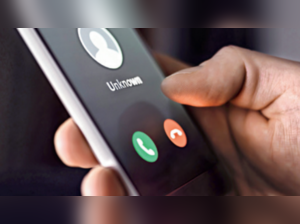Free Courses Sale ends Soon, Get It Now


Free Courses Sale ends Soon, Get It Now



Disclaimer: Copyright infringement not intended.
Context
The Department of Telecom (DoT) has issued an official directive to telecom operators regarding the deactivation of USSD-based call forwarding services, effective from April 15.
Details
Background
Reasoning and Impact
About USSD
How USSD Works:
Applications of USSD:
Advantages of USSD:
Challenges of USSD:
|
PRACTICE QUESTION Q. USSD continues to be a vital technology for delivering essential services to millions of users, particularly in regions where internet penetration is low or intermittent. Critically Analyse. (250 Words) |
© 2024 iasgyan. All right reserved